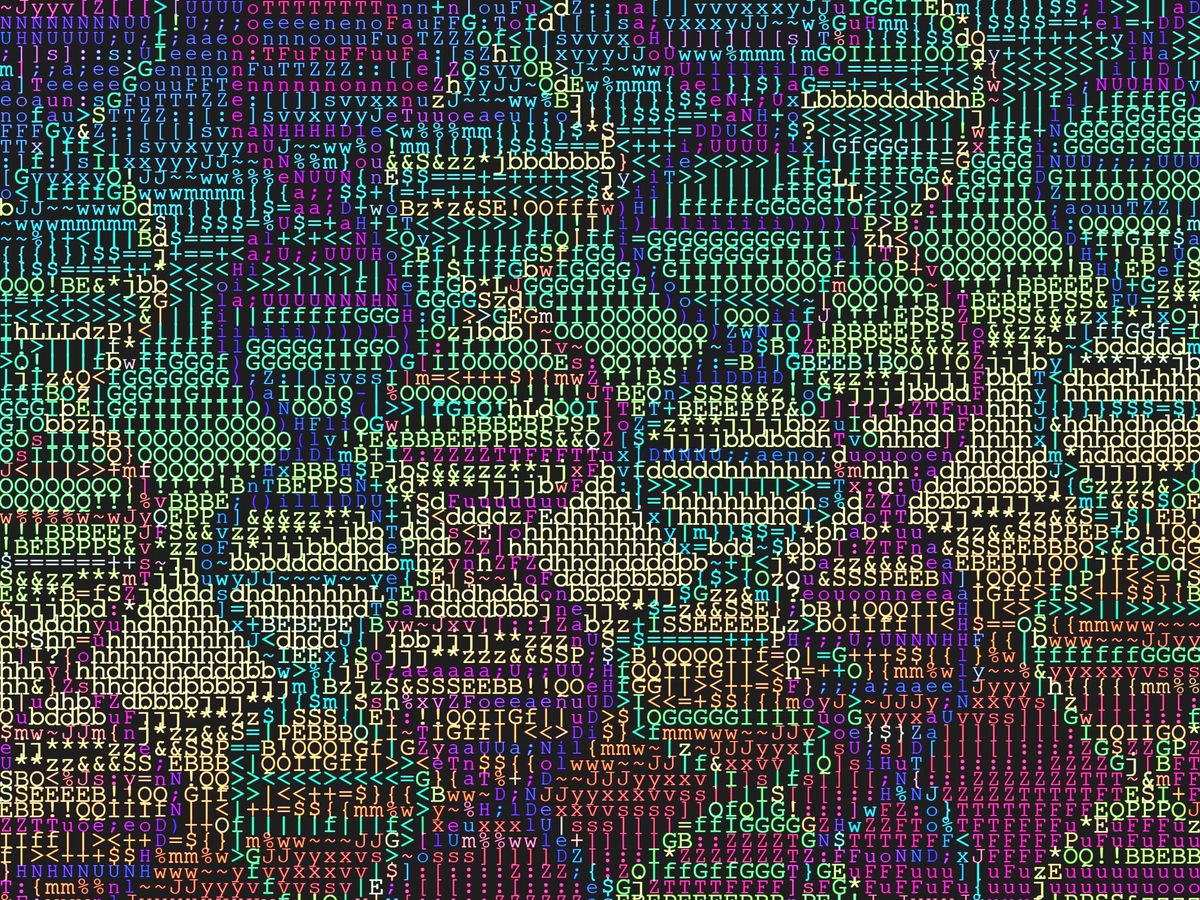What may be the first programmable DNA computer is capable of running billions of different circuits, according to a new study published in the journal Nature. The Chinese scientists who created the liquid machine say it could solve math problems and may one day find use in the diagnosis of diseases.
Whereas regular computers depend on silicon microchips, DNA computers rely on the molecules that nature has used to encode the blueprints for life for billions of years. DNA computing uses lab operations to perform calculations, with data in the form of DNA strands as the inputs and outputs.
One potential advantage that DNA computing might have over regular computing is the density of data it can store—in theory, DNA can store up to one exabyte, or 1 billion gigabytes, per cubic millimeter. In addition, trillions of DNA molecules can fit in a drop of water, suggesting that DNA computing is capable of performing a huge number of computations in parallel while requiring very little energy.
How DNA computers work
DNA consists of strands made up of four different molecules known as bases: adenine, thymine, cytosine, and guanine, abbreviated as A, T, C, and G. In electronics, data is typically encoded in series of zeroes and ones. In DNA computing, the number pairs 00, 01, 10, and 11 can be encoded as A, T, C, and G.
DNA computing typically performs computations based on the specific way in which bases bind to each other. Adenine pairs with thymine, and cytosine with guanine; a short strand made up of ATCG, for example, would bind to TAGC and not other sequences.
When DNA molecules with specially designed sequences are mixed with each other, they can bind together and come apart in ways that make them serve as logic gates—devices that carry out logic operations such as AND, OR, and NOT. Logic gates are the building blocks of the digital circuits at the heart of regular computers.
A major problem that DNA computing has faced is developing programmable arrays of logic gates. Most DNA computers are designed to perform only specific algorithms or a limited number of computational tasks. In contrast, regular computers are general-purpose machines that run software that helps them perform many tasks.
“Our team has been working in the field of DNA computing for many years,” says study coauthor Fei Wang, a molecular engineer at Shanghai Jiao Tong University. “During our work, we gradually realized that existing DNA circuit design processes were application-specific. We always needed to design a set of molecules for a new function, which is time-consuming and not friendly to nonexperts, limiting the development and application of DNA computing.”
Now Wang and his colleagues have created DNA-based programmable gate arrays for general-purpose DNA computing. They say they can program a single array to implement more than 100 billion distinct circuits.
The technical challenges of DNA computing
A key obstacle standing in the way of DNA computing is that DNA molecules can flow in essentially any direction. This makes it challenging to bring logic gates together to perform computations in programmed sequences.
To surmount this problem, the researchers built so-called DNA origami. By designing a DNA sequence just right, one can get the resulting floppy strand to stick to itself and bend into virtually whatever 2D or 3D shape is desired. The DNA origami can fold and hold together because each DNA base binds to a specific partner.
The scientists generated DNA origami that could act like registers—devices that guide the flow of data and instructions within computers. These helped control the intrinsically random collisions of DNA molecules.
In the new DNA computers, oligonucleotides—short segments of DNA—shuffle around in test tubes much as electrons are shuttled inside regular computers. In their experiments, the researchers used a DNA computer made up of 30 logic gates with about 500 DNA strands to accurately find square roots. They also used it to identify three genetic molecules related to kidney cancer. When the computer was given 18 diseased and five healthy samples, it correctly detected and reported which were which in about 2 hours.
Th researchers stressed that DNA computers will not supplant regular computers at conventional tasks. For one thing, it took hours for the new devices to carry out computations.
Nevertheless, the new DNA computers “will be useful in biomedical applications—for example, cellular programming and molecular diagnostics,” Wang says. Since DNA computers use DNA as both input and output material, one can design them to, say, respond to a gene they detect by releasing a strand of DNA that can in turn have biological effects. Wang suggests that DNA computers may find use in programming cells to respond to pollutants for environmental monitoring, or to cancer-related molecules for disease treatment.
One weakness the scientists noted is that programming and running these DNA computers requires manual operations, “somewhat like the human programmers of the early programmable electronic general-purpose computer ENIAC,” Wang says. “We are now working on the automation of DNA computing by combining molecular reactions with electrically controlled liquid transfer.”
The researchers next hope to perform some complex algorithms with their new devices “to show the advantages of DNA computing,” Wang says. The researchers aim to use their creations to diagnose different kinds of diseases, he adds.
Charles Q. Choi is a science reporter who contributes regularly to IEEE Spectrum. He has written for Scientific American, The New York Times, Wired, and Science, among others.



